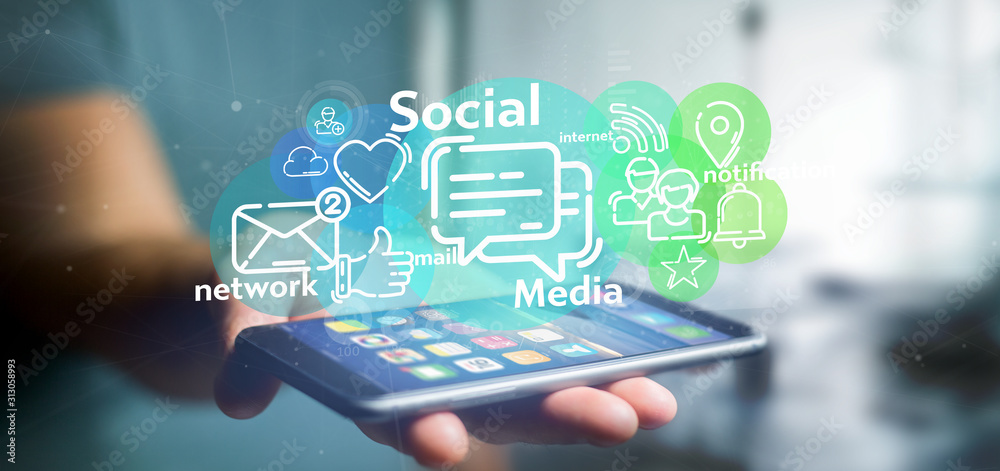Introduction
In today’s digital age, the Internet of Things (IoT) stands as one of the most transformative technologies, promising to reshape the way we live, work, and interact with the world around us. This article explores the profound impact of IoT on various aspects of our lives and delves into its potential to revolutionize our world.
Table of Contents
The Rise of IoT
The Internet of Things has undergone a remarkable evolution, from its inception as a concept to its widespread adoption across industries. It has emerged as a driving force behind digital transformation, empowering organizations to leverage connected devices and real-time data to optimize processes, enhance decision-making, and deliver superior customer experiences.
Key Components of IoT
At the heart of IoT are its key components, including sensors and devices that collect data from the physical world, connectivity options such as Wi-Fi, Bluetooth, and cellular networks that enable communication between devices, and data processing and analytics capabilities that extract valuable insights from the vast amounts of data generated by IoT devices.
Applications of IoT
The applications of IoT are diverse and far-reaching, spanning industries such as smart homes and cities, industrial automation, healthcare, and wearable technology. In smart homes, IoT devices enable homeowners to automate and control various aspects of their living environment, from lighting and heating to security systems and appliances. In industrial settings, IoT facilitates predictive maintenance, asset tracking, and process optimization, leading to increased efficiency and productivity. In healthcare, IoT-enabled wearable devices monitor vital signs and health metrics, allowing for early detection of health issues and personalized patient care.
Challenges and Opportunities
Despite its potential benefits, IoT also presents challenges, including security and privacy concerns, scalability, and interoperability issues. Addressing these challenges requires a concerted effort from stakeholders across the ecosystem to develop robust security protocols, standardized communication protocols, and interoperable solutions. However, the opportunities presented by IoT far outweigh the challenges, with the potential for innovation and growth across industries.
Conclusion
In conclusion, the Internet of Things represents a paradigm shift in how we interact with technology and the world around us. Its transformative power has the potential to revolutionize industries, improve quality of life, and drive economic growth. By harnessing the capabilities of IoT and addressing its challenges, we can unlock a future of unprecedented connectivity, efficiency, and innovation.
FAQs
- What are some examples of IoT devices? Common examples of IoT devices include smart thermostats, security cameras, wearable fitness trackers, and industrial sensors.
- How is IoT transforming the healthcare industry? IoT is revolutionizing healthcare by enabling remote patient monitoring, telemedicine, and personalized medicine, leading to improved patient outcomes and reduced healthcare costs.
- What are the security risks associated with IoT? Security risks associated with IoT include data breaches, unauthorized access to devices, and the potential for IoT devices to be hijacked and used in cyber attacks.
- How can businesses leverage IoT to gain a competitive advantage? Businesses can leverage IoT to gain a competitive advantage by optimizing processes, improving customer experiences, and unlocking new revenue streams through innovative products and services.
- What are some emerging trends in IoT? Emerging trends in IoT include edge computing, artificial intelligence, and blockchain technology, which are poised to further enhance the capabilities and applications of IoT in the future.

